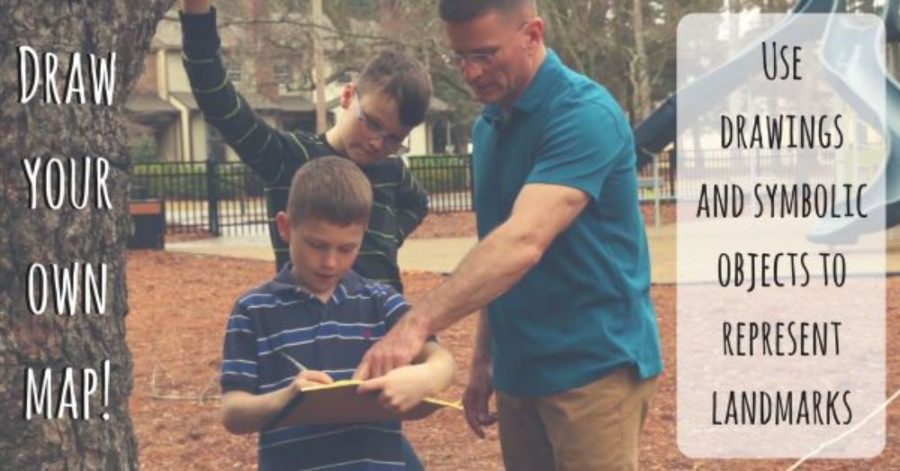When you think “geography,” do you get excited? We do!
Learning about the world that God has placed us in can be amazing. Sometimes, however, something so big and complex can be overwhelming for a child to grasp at first. How can we tackle a subject that is literally as big as the earth and help our children understand it? One way is through making it a hands-on experience.
Here are 5 activities you can use to help your child learn and enjoy geography
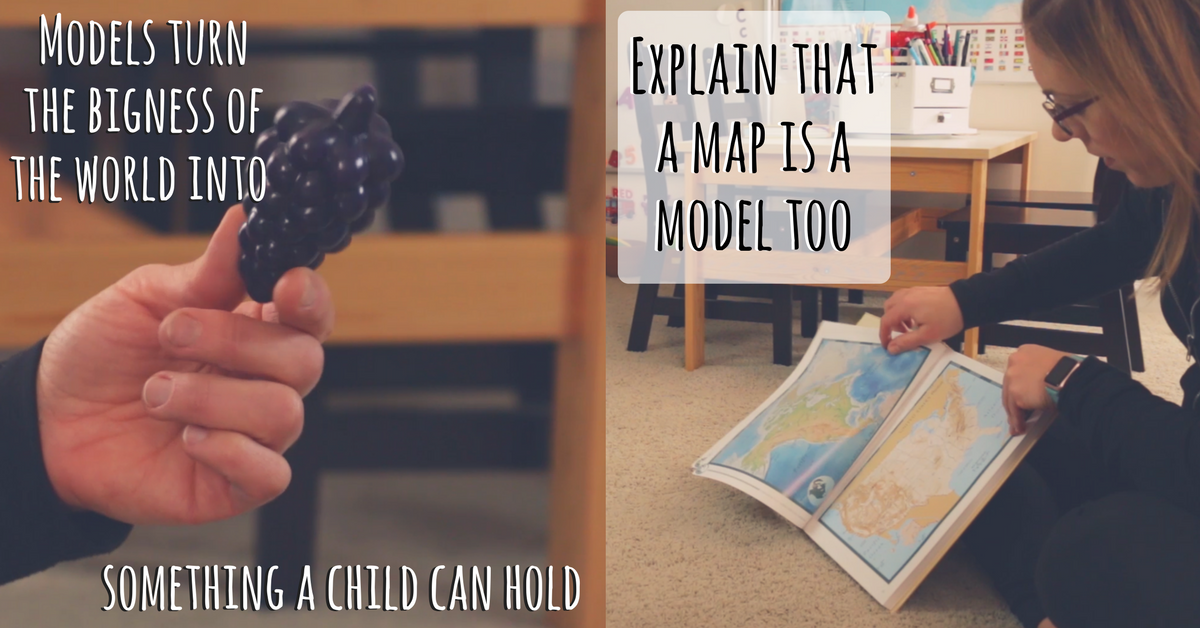
1.) Choose models that your child can hold
Let your child examine models of some big things that they encounter out in the world. Cars, buildings, animals, or even food! Discuss how models are both similar and different from the real thing, then explain how maps are models too.
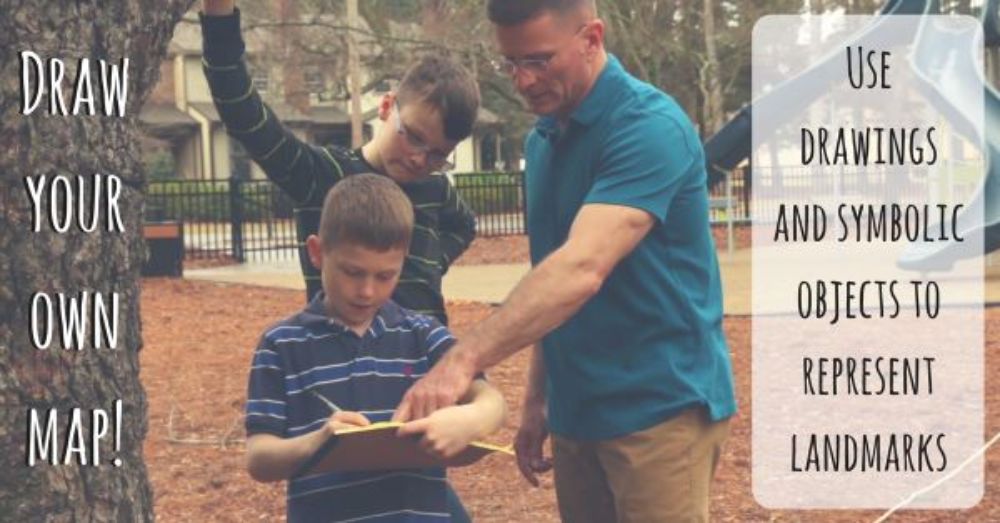
2.) Draw your own maps!
Go to a familiar location and explore with your child. Help them draw a map of the area and come up with symbolic objects to represent the different landmarks they see. This helps them see how the real, 3D world can be translated into 2D maps. After you have drawn the map, go back later and try to use it to navigate the area!

3.) Trace and/or draw the continents
Drawing the shapes of the world’s landmasses is great for encouraging geographic literacy. Students can see how the shapes of the countries all fit together and grasp the layout of the earth. Younger students can start by tracing the continents. As they gain proficiency, they can practice drawing them using a map as a visual reference or even draw them from memory!
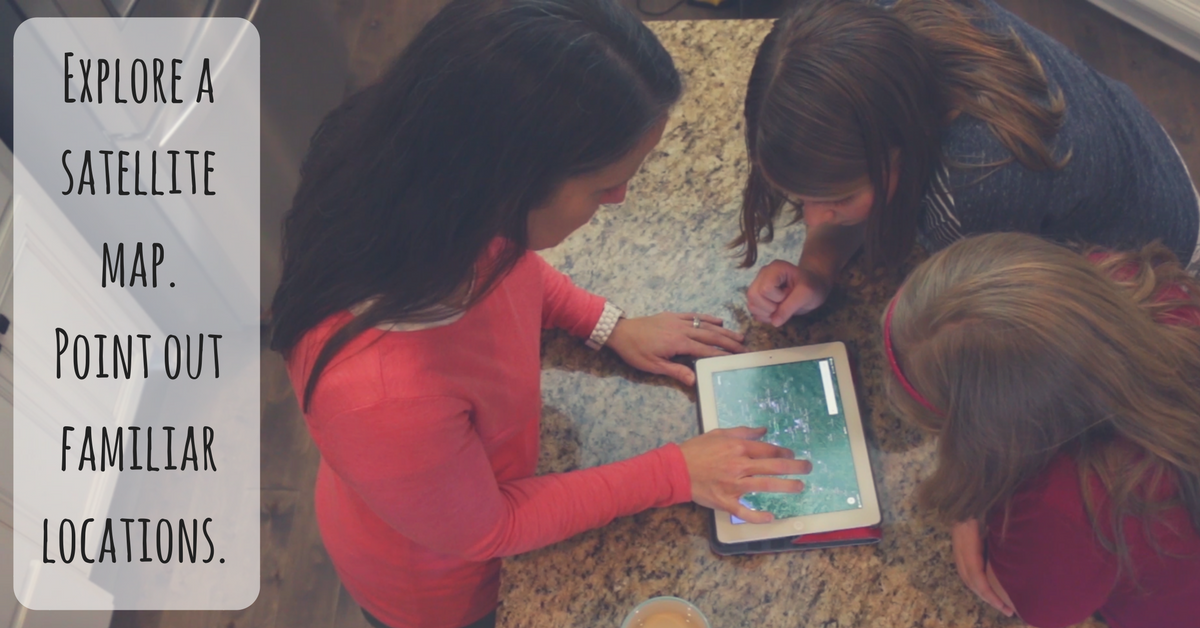
4.) Use satellite maps to explain scale
Zoom in on areas near you and see how many places you and your students can identify. Then, slowly zoom out to see more and more of the world. Can they still pinpoint the places you looked at up close on the map? Explore the topography of the continents, the shapes of mountains, and find famous landmarks!
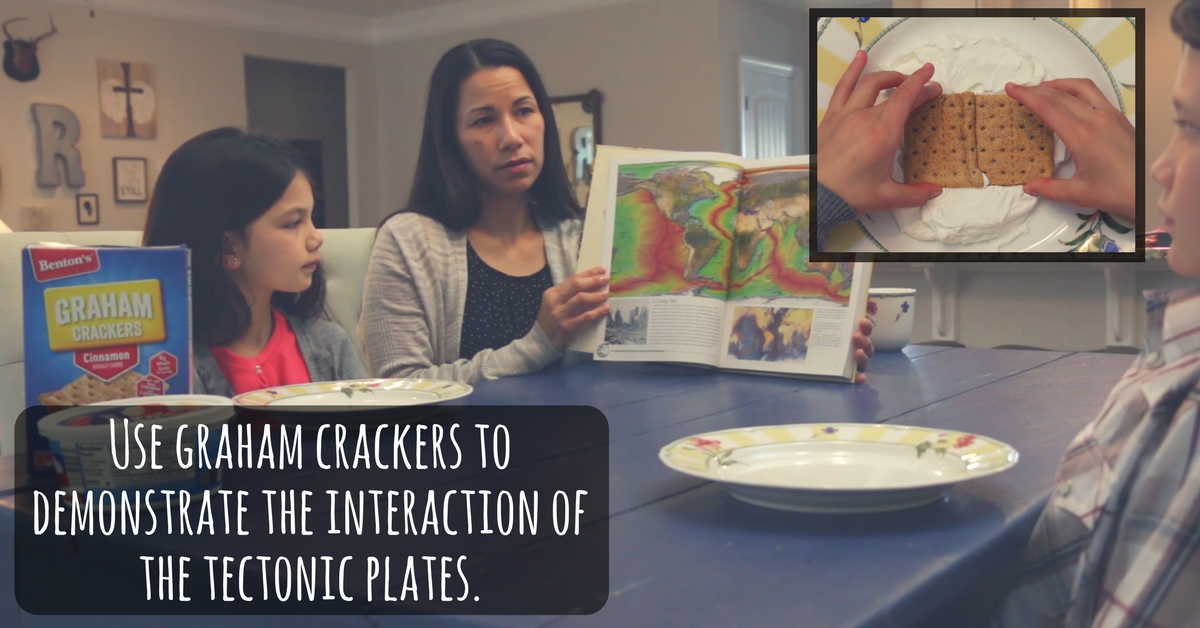
5.) Use graham crackers to explain tectonics
Demonstrate how the tectonic plates interact using a broken graham cracker floating on a mound of whipped topping. Continental plates buckle and crumble like crackers. This causes mountains, earthquakes, volcanoes, and deep valleys to form. What happens when you push the crackers together? Pull them apart? Slide them across each other? What if you soften them?

